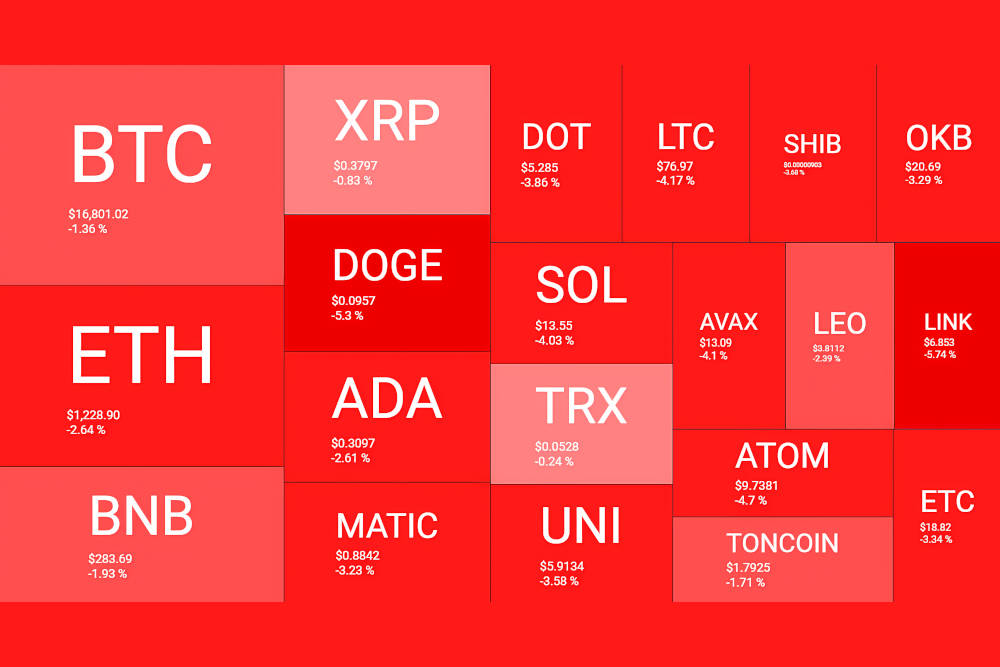
There’s no guaranteed answer, but we can assess probabilities and scenarios. Markets are inherently unpredictable, so think of this more as informed speculation than certainty.
Here are factors and scenarios to consider, and where I lean personally.
Panaprium ist unabhängig und wird vom Leser unterstützt. Wenn Sie über unseren Link etwas kaufen, erhalten wir möglicherweise eine Provision. Wenn Sie können, unterstützen Sie uns bitte monatlich. Die Einrichtung dauert weniger als eine Minute und Sie werden jeden Monat einen großen Beitrag leisten. Danke schön!
What we know now: Altcoins are down this week
-
The broader crypto market is seeing a pullback: Bitcoin and many altcoins have dipped. (Barron's)
-
Altcoins tend to exaggerate Bitcoin’s moves — when BTC dips, many alts fall harder (because they’re more speculative, less liquid). (Investing.com)
-
The “Altcoin Season Index” and other metrics are mixed — they’re showing signs of recovery in some periods, but not uniformly strong across the board. (Binance)
-
Some analysts believe the bull market is still intact, pointing to institutional flows, regulatory clarity, and macro tailwinds. For example, Invesco expects new highs in 2025 driven by improved regulation. (Invesco)
-
But there are also warnings that we may be near a peak, or that the current rally could run out of steam. (Morningstar)
What would make altcoins recover (i.e. reasons to be optimistic)
Here are catalysts that could pull altcoins back upwards:
-
Bitcoin stabilizes or resumes upward trend
If BTC recovers or acts as a strong support base, capital often flows back into altcoins as investors search for higher upside. -
Capital rotation from BTC → Alts
Once Bitcoin reaches resistance or slows, investors may look for alts with higher growth potential, pushing money into them. -
Strong fundamentals or news in altcoin projects
Breakthroughs in technology, protocol upgrades (ETH, Solana, etc.), partnerships, DeFi/NFT growth, etc., can boost individual altcoins, sometimes independently of BTC. -
Macro & regulatory tailwinds
Lower interest rates, favorable regulation, ETF inflows, institutional adoption — these help the broader crypto ecosystem, which benefits many altcoins. -
Oversold conditions & sentiment reversal
If altcoins get oversold, and sentiment shifts (fear → greed), technical bounce or momentum reversals are common in speculative markets.
What would suggest the bull market could be ending or weakening
And the risks / counterarguments:
-
Macro headwinds (rising interest rates, dollar strength, capital outflows from risk assets) could dampen appetite for cryptocurrencies.
-
Regulatory crackdowns or unfavorable policy shifts in major markets (US, EU, China) could hurt confidence.
-
Exhaustion in Bitcoin or major resistance zones — if BTC stalls or reverses strongly, that may drag alts further down.
-
Diminishing speculative interest — if retail or speculative demand fades, alts will suffer more than BTC.
-
Divergence or lagging altcoin performance — if alts fail to respond while BTC rallies, that may signal weakening structures.
My view / probability estimate
Given what I see now:
-
I think it’s more likely than not that altcoins will recover in time, assuming no disastrous macro shock or regulatory reversal.
-
But I don’t think every altcoin recovers — performance will be very uneven. The ones with real use cases, good fundamentals, and strong developer ecosystems are more likely to bounce back.
So, in my estimation:
-
Bull market is probably not over — we may be in a normal pullback or correction phase.
-
We might see altcoin recovery in a few weeks to months, particularly once BTC finds support and rotation begins.
Whether you should sell or hold altcoins depends on your goals, risk tolerance, and timeframe, rather than just this week’s drop. Let’s break it down clearly.
1️⃣ If you’re a long-term investor (months–years)
-
Hold is generally better if:
-
You believe in the projects’ fundamentals (ETH, SOL, MATIC, etc.).
-
You can tolerate short-term volatility.
-
You’re aiming for long-term growth, not quick profits.
-
-
Why:
-
Altcoins are highly volatile — weekly dips are normal.
-
Historically, most major altcoins recover after corrections if the overall bull market persists.
-
Selling during a temporary dip locks in losses unnecessarily.
-
2️⃣ If you’re a short-term trader (days–weeks)
-
Sell or reduce exposure might make sense if:
-
You want to lock in profits before a further drop.
-
Technical indicators show oversold/overextended conditions for your altcoins.
-
You’re not comfortable with sudden spikes in volatility.
-
-
Why:
-
Short-term swings can be brutal in altcoins — some coins lose 10–30% in days.
-
Timing the market is risky, but small profit-taking is reasonable if your plan allows.
-
3️⃣ Consider a middle path
-
Partial sell / rebalancing:
-
Sell a portion of your holdings to secure some gains.
-
Keep core positions in strong projects for long-term upside.
-
-
Set stop-loss levels:
-
Helps limit losses if the market drops further.
-
-
Stay diversified:
-
Don’t rely on a single altcoin; spread across several strong projects.
-
4️⃣ Other factors to watch
-
Bitcoin’s trend: Altcoins often follow BTC. If BTC stabilizes or rallies, altcoins often rebound.
-
Market sentiment: Fear can cause temporary dips — recovery can happen quickly if sentiment improves.
-
Fundamentals: Coins with strong adoption, developers, or partnerships are more likely to recover.
✅ Bottom line
-
Long-term investor: Hold, maybe take partial profits.
-
Short-term trader: Consider reducing exposure or using stop-losses.
-
Risk-averse: Take some gains but keep a core position.
War dieser Artikel hilfreich für Sie? Bitte teilen Sie uns in den Kommentaren unten mit, was Ihnen gefallen oder nicht gefallen hat.
Haftungsausschluss: Die oben genannten Inhalte dienen ausschließlich zu Informations- und Bildungszwecken und stellen keine Finanz- oder Anlageberatung dar. Recherchieren Sie stets selbst und ziehen Sie die Beratung durch einen zugelassenen Finanzberater oder Buchhalter in Betracht, bevor Sie finanzielle Entscheidungen treffen. Panaprium übernimmt keine Garantie, Bürgschaft oder Billigung der oben genannten Inhalte und ist in keiner Weise dafür verantwortlich. Alle hier geäußerten Meinungen basieren auf persönlichen Erfahrungen und sollten nicht als Billigung oder Garantie bestimmter Ergebnisse angesehen werden. Investitions- und Finanzentscheidungen bergen Risiken, über die Sie sich im Klaren sein sollten, bevor Sie entscheiden.
About the Author: Alex Assoune
Wogegen Wir Kämpfen
Weltweit-Konzerne produzieren in den ärmsten Ländern im Übermaß billige Produkte.
Fabriken mit Sweatshop-ähnlichen Bedingungen, die die Arbeiter unterbezahlt.
Medienkonglomerate, die unethische, nicht nachhaltige Produkte bewerben.
Schlechte Akteure fördern durch unbewusstes Verhalten den übermäßigen Konsum.
- - - -
Zum Glück haben wir unsere Unterstützer, darunter auch Sie.
Panaprium wird von Lesern wie Ihnen finanziert, die sich unserer Mission anschließen möchten, die Welt völlig umweltfreundlich zu gestalten.
Wenn Sie können, unterstützen Sie uns bitte monatlich. Die Einrichtung dauert weniger als eine Minute und Sie werden jeden Monat einen großen Beitrag leisten. Danke schön.



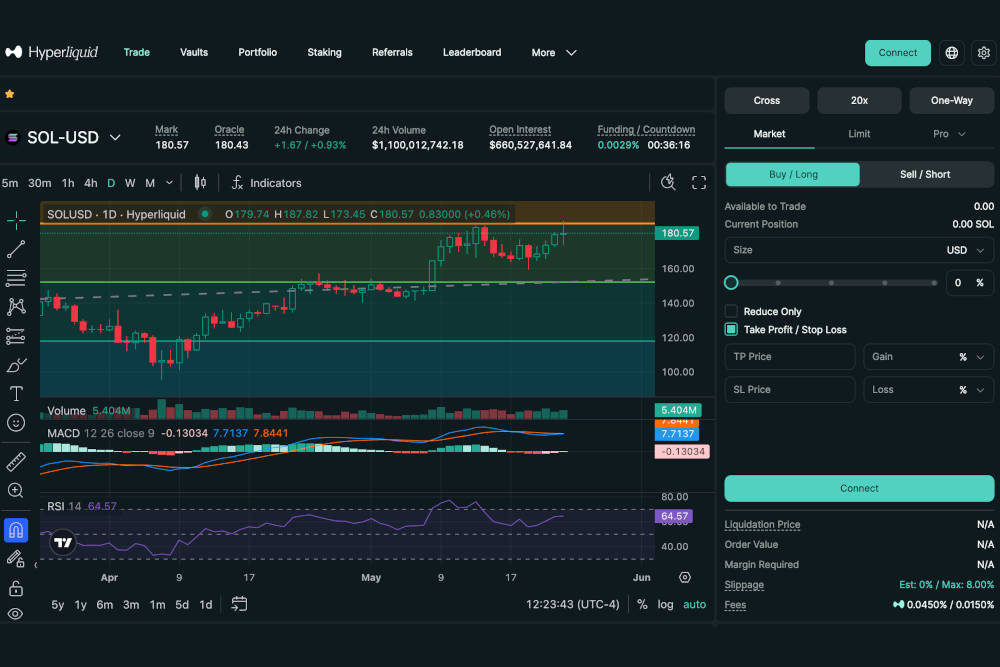

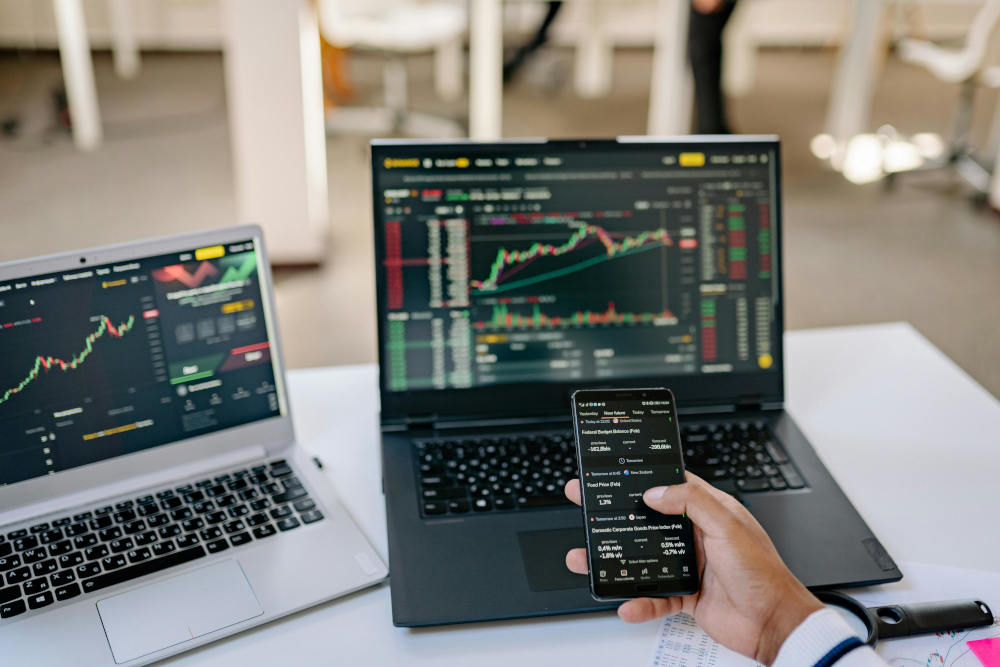
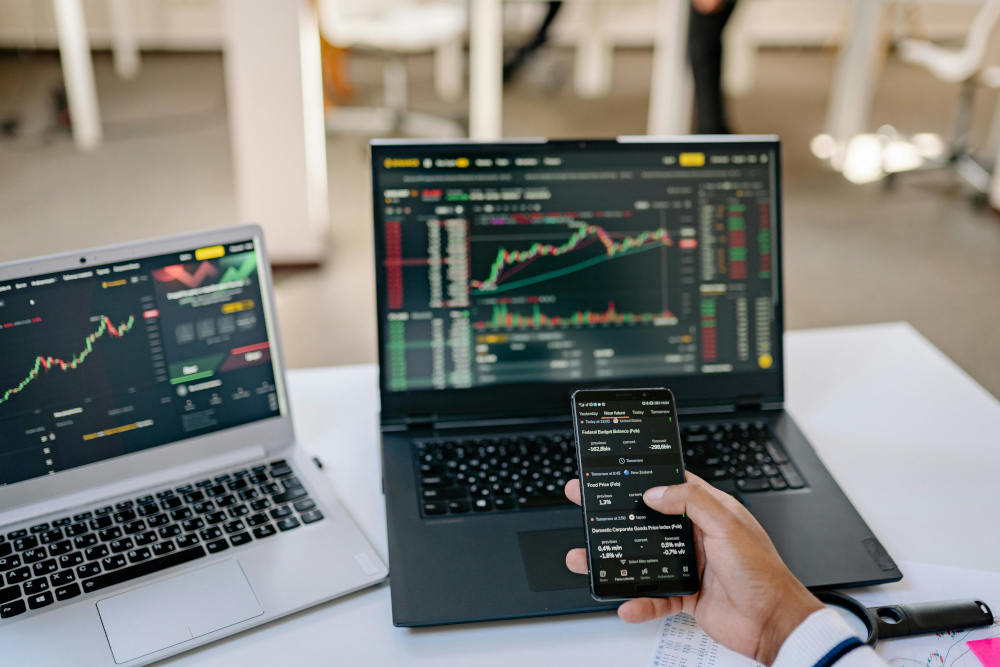
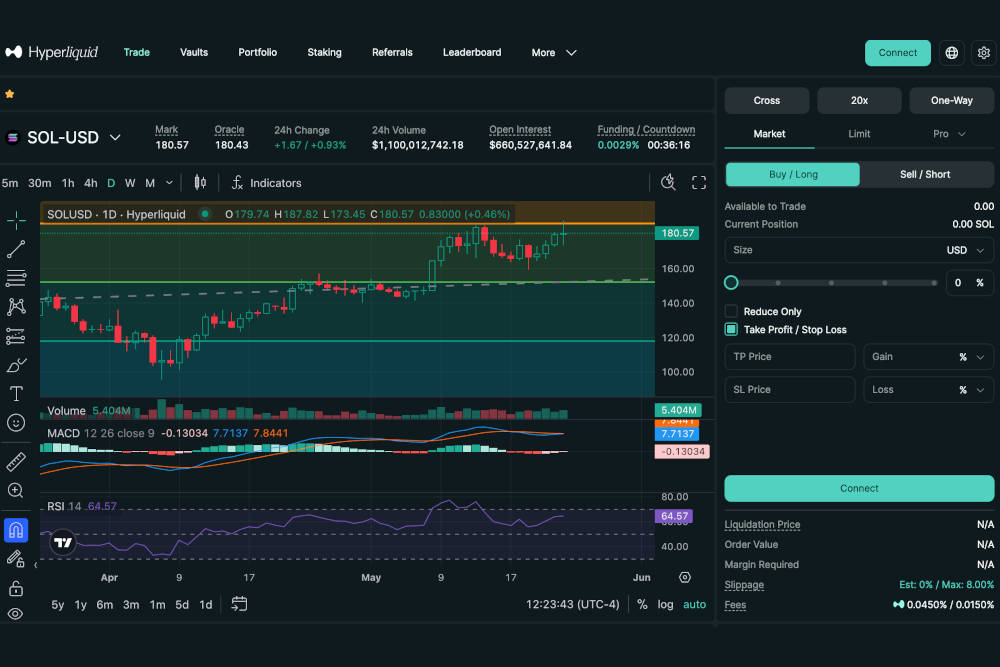
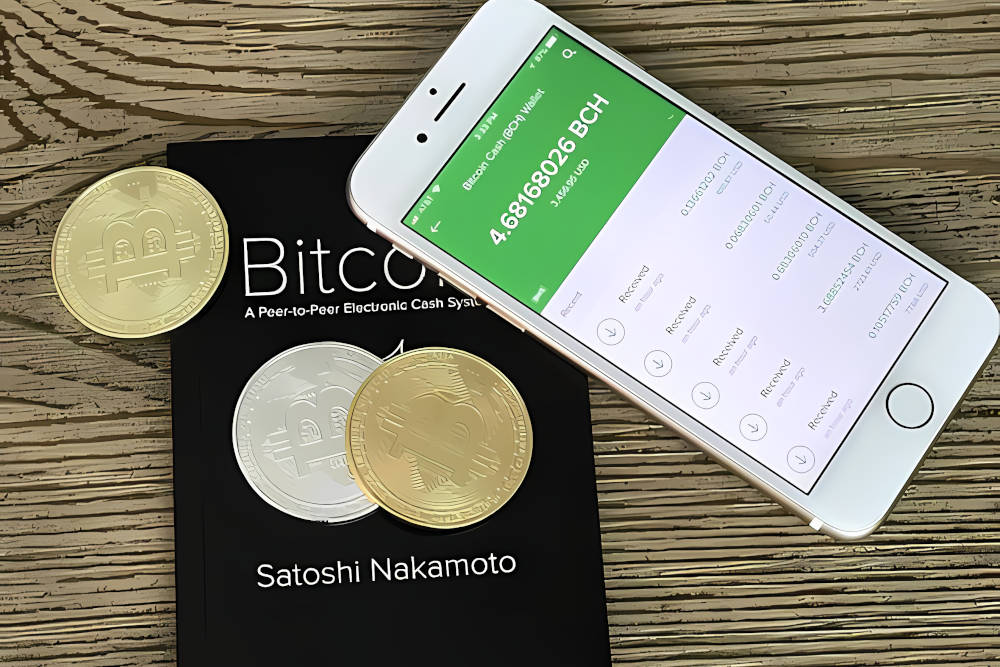



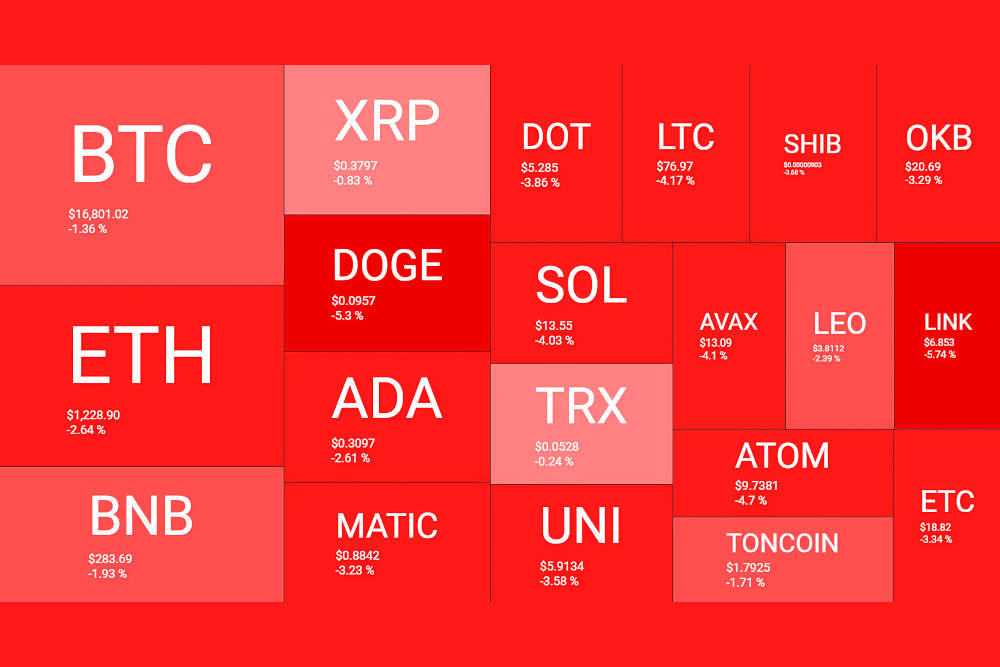


















0 Kommentare